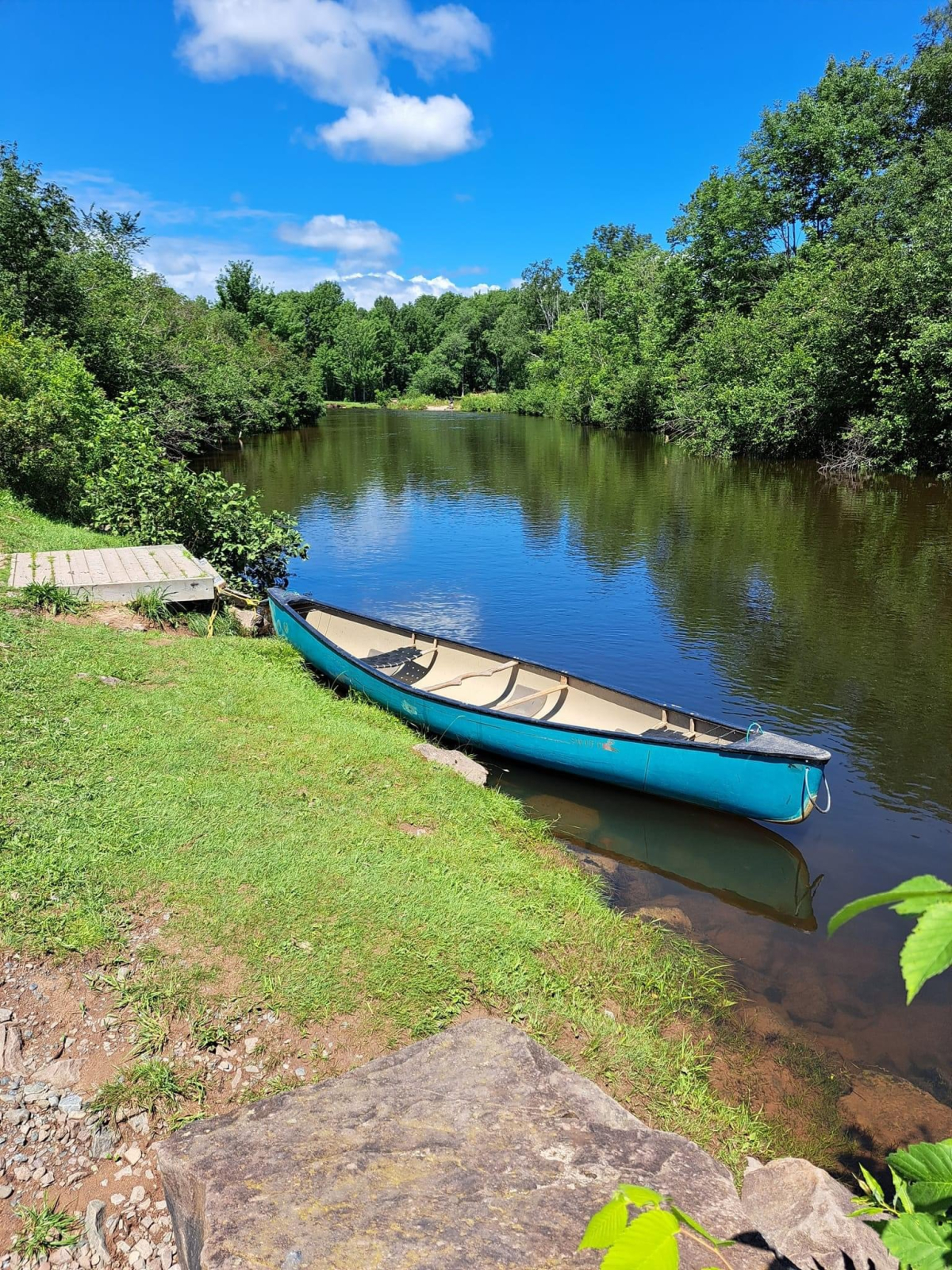Support strong Canadian climate journalism for 2025
Bras d’Or Lake in central Cape Breton isn’t, in fact, a lake, it’s an estuary — by virtue of its links to the Atlantic Ocean — and an unusual estuary at that.
In places, it descends just shy of 1,000 feet, supporting arctic copepods and segmented worms left behind by glaciation. In others, it’s shallow and warm, with sub-tropical species like oysters and flatfish living on the margins. Occasionally, a slightly more distinguished guest swims through, like a sunfish or leatherback sea turtle; even its more commonly known inhabitants, like Atlantic cod, are more genetically distinct from others swimming in Maritime waters. On its shore are ecologically rich barachoisponds, separated from saltwater by sandbars, and in its watershed are people, lots of them, with vested interests in the health of the estuary.
In 2003, one of those people decided Bras d’Or could be much more than just a “lake.” Teresa MacNeil, a retired professor from St. Francis Xavier University in Antigonish, initially wanted a portion of Bras d’Or Lake — St. Andrew’s Channel — to be designated a UNESCO Biosphere Reserve. The vision grew from there.
“We eventually took on the whole lake,” said MacNeil, “and its watershed.”
When their UNESCO Biosphere Reserve application for Bras d’Or Lake was finally submitted in 2010, it encompassed 3,500 square kilometres of land and water in the heart of Cape Breton Island. By then, applicants included Cape Breton’s five First Nations, five municipalities, a slew of non-profit organizations, the provincial and federal governments, and a small army of locals. In 2011, when the application was accepted, MacNeil became the inaugural chair of the Bras d’Or Lake Biosphere Reserve steering committee.

A UNESCO Biosphere Reserve is not a park. It doesn’t protect anything, nor does it come with a budget. A biosphere reserve is a commitment, said MacNeil, on the part of its volunteers, to balance the needs of human beings with those of the ecosystems they inhabit.
It doesn’t govern how you pour gasoline into your outboard motor, she said. It just encourages you not to spill.
“The biosphere reserve isn’t there to protect,” said MacNeil. “It’s there to educate. It’s an educational organization meant to do everything [in its power] to have people learn how to live in harmony with nature.”
In practice, this means a suite of initiatives connecting residents with, and teaching them about, the Bras d’Or’s ecosystems. In this way, said MacNeil, residents become empowered to make informed decisions about the future of their estuary; anything from their position on forestry projects to their receptivity to newly protected areas, such as the Indigenous Protected and Conserved Area recently proposed by Eskasoni First Nation.
One project is a hiking trail intended, eventually, to encircle the entire estuary. Another is the “Bras d’Or Watch,” an annual event bringing locals to various locations around the estuary and acquainting them with its wildlife — an event which doubles as a biodiversity inventory.
The greatest strength of the reserve, said MacNeil, is the way it builds community.
The various organizations, communities, industries, and governments volunteering with the reserve are working toward a common goal more effectively and efficiently than might otherwise have been possible, and the various committees branching off from the reserve are championing everything from sustainable tourism to climate adaptation.
Allison McIsaac, biologist with the Eskasoni Fish & Wildlife Commission, and present chair of the reserve’s steering committee, said climate change has taken centre stage in much of their programming: spelling out its dangers to locals, and conducting their own research. One project, awaiting funding, will use lidar (Light Detection and Ranging) to map the estuary’s coastal marshes and wetlands in order to determine where and when rising sea levels will threaten certain ecosystems and infrastructure over the next 20 and 80 years, respectively.
“Our barachois ponds might disappear entirely,” said McIssac. “Erosion is another big issue related to climate change. Estuary ice has declined dramatically over the last 15 years, so the shoreline isn’t protected from winter wave action like it used to be. The intensity of the wind is increasing, and so is the intensity of storms. We need to provide this information so decision-making can be as informed as possible.”
The Bras d’Or Lake Biosphere Reserve was renewed by UNESCO in 2023. McIssac said they will continue community engagement, sustainable development, building new partnerships, and maintaining the reserve, to the benefit of its ecosystems and its residents.
This story is being shared by the Climate Story Network, an initiative of Climate Focus, a non-profit organization dedicated to covering stories about community climate solutions.






Comments